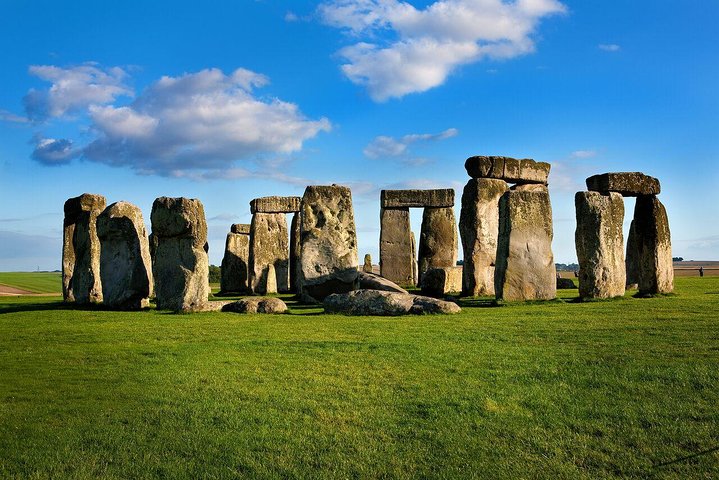Exploring Bath: A Historian’s Delight in Roman and Georgian Splendor
As a historian with a passion for ancient architecture, I was drawn to the allure of Bath’s Roman and Georgian heritage. Join me as I explore this UNESCO World Heritage site, uncovering the stories behind its iconic landmarks.
A Journey Through Time: The Road to Bath
As a former professor of European history, I have always been drawn to the stories that ancient cities tell through their architecture and streets. Bath, a city that has long intrigued me with its rich Roman and Georgian heritage, was a destination I had yet to explore. The opportunity to embark on a private tour from London, with the promise of delving into over 2,000 years of history, was too enticing to resist.
The journey from London to Bath, though lengthy, was a scenic drive through the picturesque English countryside. As we approached Bath, the anticipation grew. The city, a UNESCO World Heritage site, is renowned for its Roman baths and Georgian architecture, and I was eager to see these historical marvels firsthand.
Our guide, a knowledgeable historian, provided a captivating narrative of Bath’s past, setting the stage for the day’s exploration. The city’s allure lies not only in its historical significance but also in its ability to transport visitors back in time, offering a glimpse into the lives of those who once walked its streets.
Exploring the Roman Legacy
Our first stop was the Roman Baths, a testament to the city’s ancient origins. As I wandered through the museum, I was struck by the ingenuity of Roman engineering. The baths, fed by natural hot springs, were a hub of social and cultural activity in Roman times. The well-preserved ruins and artifacts offered a tangible connection to the past, allowing me to imagine the bustling life that once filled these spaces.
The experience was enriched by our guide’s insights into the daily lives of the Romans who frequented the baths. From the intricate mosaics to the sacred spring, every element of the site told a story of a civilization that valued relaxation and community.
After the Roman Baths, we visited the Pump Room, a neo-classical salon where visitors can still sample the mineral-rich waters of Bath. The tradition of “taking the waters” has been a part of Bath’s history for centuries, and sipping the warm, slightly metallic liquid was a unique way to connect with the city’s past.
The Elegance of Georgian Architecture
Bath’s Georgian architecture is a sight to behold, and our tour included a leisurely stroll through the city’s elegant streets. The Royal Crescent, an iconic example of 18th-century design, was particularly impressive. Its sweeping curve and uniform facades are a testament to the architectural vision of the era.
As we walked, our guide shared anecdotes about the city’s development during the Georgian period, a time when Bath became a fashionable retreat for the elite. The harmonious blend of classical and modern elements in the architecture reflects the city’s evolution over the centuries.
The tour concluded with a visit to some of Bath’s lesser-known corners, where the charm of the city truly shines. These hidden gems, often overlooked by tourists, offer a more intimate glimpse into Bath’s character and history.
Reflecting on the day, I was reminded of the power of travel to bring history to life. Bath, with its rich tapestry of stories and stunning architecture, is a city that captivates the imagination and invites exploration. For those who share my passion for history and architecture, a visit to Bath is an experience not to be missed.









































